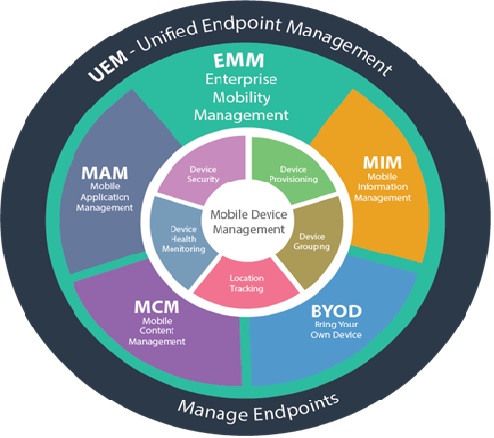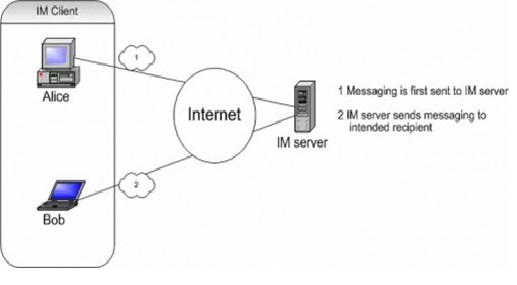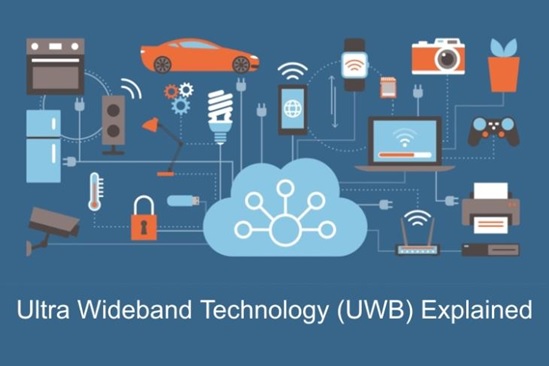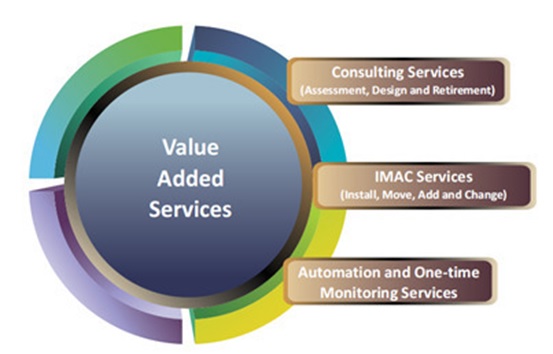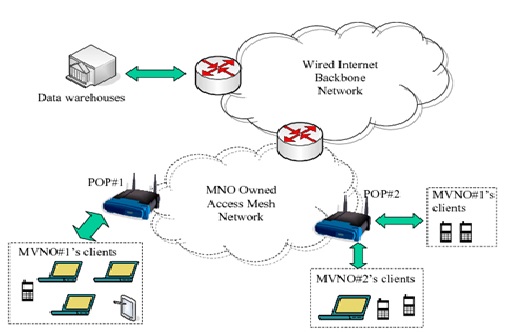The Future of Radio Frequency Identification (RFID)
The future of radio frequency identification (RFID) review of the RFID business-oriented literature identified twelve issues related to the future of RFID. In the first round of the Delphi Method, a panel of RFID experts narrowed this list to the seven issues considered to be most critical to the future of RFID. In round two, the panel ranked the seven issues in terms of importance and likelihood of being solved within the next two years.[1]
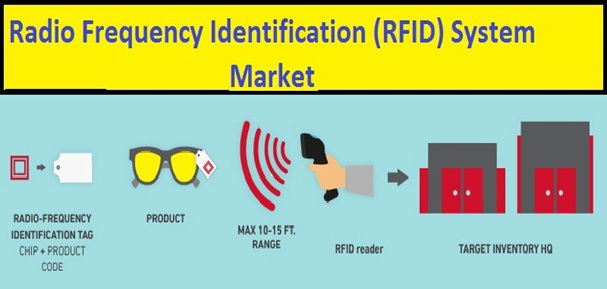
Figure 1. The future of radio frequency identification (RFID)
Figure 1 shows RFID software solution is the key enabler of RFID systems allowing tags and readers to be deployed in a range of applications. The software is designed to enable the system store and manage RFID tag data and integrate the same with other systems. RFID software can be used to customize RFID systems for application specific needs and add new functionalities to the systems as per the client needs and business practices. In the global RFID Software segment, USA, Canada, Japan, China and Europe will drive the 13.6% CAGR estimated for this segment. These regional markets accounting for a combined market size of US$3.1 Billion in the year 2020 will reach a projected size of US$7.5 Billion by the close of the analysis period. China will remain among the fastest growing in this cluster of regional markets. Led by countries such as Australia, India, and South Korea, the market in Asia-Pacific is forecast to reach US$1.3 Billion by the year 2026, while Latin America will expand at a 14.2% CAGR through the analysis period.[2]
RFID Market and Future Trends and Technology 2020-2025:
The global RFID Market is projected to be valued at USD 22 billion in 2020 and is projected to reach USD 33 billion by 2025, growing at a CAGR of 7.36% from 2019 to 2025.
- Innovative Manufacturing Will Create Durable and Versatile Tags - Advancements in printed electronics have helped create new classes of extremely thin, flexible RFID tags that can now be combined with printed sensors, printed batteries, thin-film photovoltaic solar cells, and other technologies. With new electronic printing and conductive ink technologies, companies could conceivably print their own chipless RFID tags on site.
- New Antenna Designs with Increased Range - The key to good tag performance is the antenna design. It’s the antenna that helps determine where and how a tag can be used, and how well it will perform. Over the next few years, expect to see new antennas and inlays as the competition for RFID antenna design heats up.
- Increased Memory Will Create Smart Tags - Building intelligence into the tag and, by extension, the asset being tagged is another key activity. Expect tags with more memory at a lower cost to enable these “smart asset” applications. High-value assets will be an early application for this technology, as the cost of those assets will make it easier to amortize the increased cost of the more robust tags
- Sensor Integration to Streamline Business - RFID will increasingly be one part of a whole ecosystem of sensors and communication technologies that will help companies better monitor and manage assets and shipments. Passive sensors for temperature, moistures, pressure, vibration and other factors will be combined with RFID to provide even more intelligence form the edge of the enterprise.
- Secure Data With New Cloud-Based Capabilities - RFID can potentially enable a whole host of new applications in the retail, healthcare, manufacturing and other sectors, but one stumbling block has always been management of the data flowing in from thousands of tags. With cloud-based applications and services taking the heavy lifting of IT support away from the point of activity, companies can now deploy centrally managed and centrally available solutions without the traditional support and deployment costs.
- RFID and Blockchain - The combination of RFID and blockchain technologies could do a lot of benefits in supply chain management. Since supply chains often involve many stakeholders, sharing a unique blockchain ensures the collected data are immutable and the exchanged goods are authenticated. Therefore, there is no completely reliable visibility over the entire supply chain. However, to collect transparently this information, the physical items have to be connected with the digital world. That part can be achieved by using RFID.
References:
- https://www.researchgate.net/publication/220233335_The_Future_of_Radio_Frequency_Identification
- https://www.prnewswire.com/news-releases/global-radio-frequency-identification-rfid-technology-market-to-reach-57-2-billion-by-2026--301291710.html
- https://witanworld.com/article/2020/07/08/rfid-about-radio-frequency-identification-and-its-future/
Cite this article:
Thanusri swetha J (2021), The future of radio frequency identification (RFID), AnaTechmaz, pp. 28




